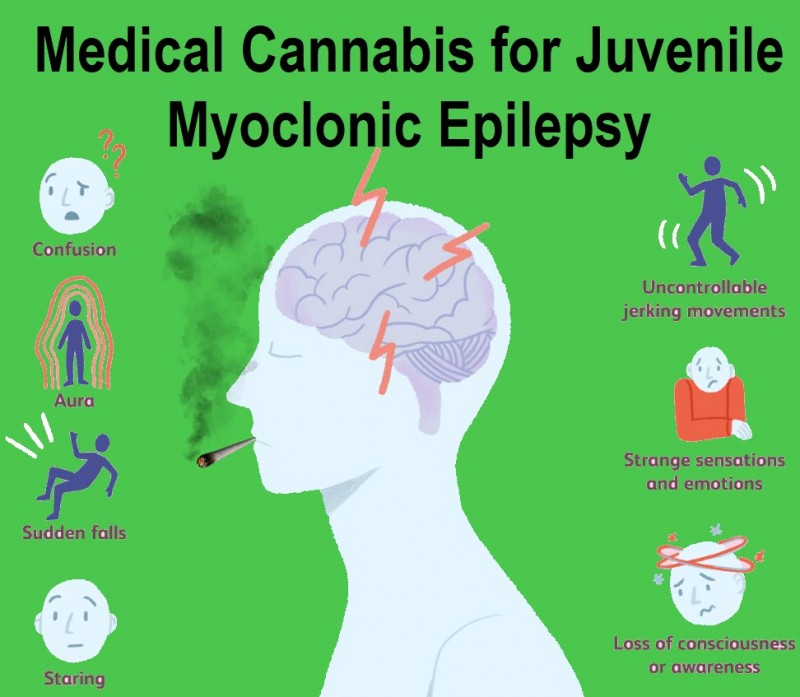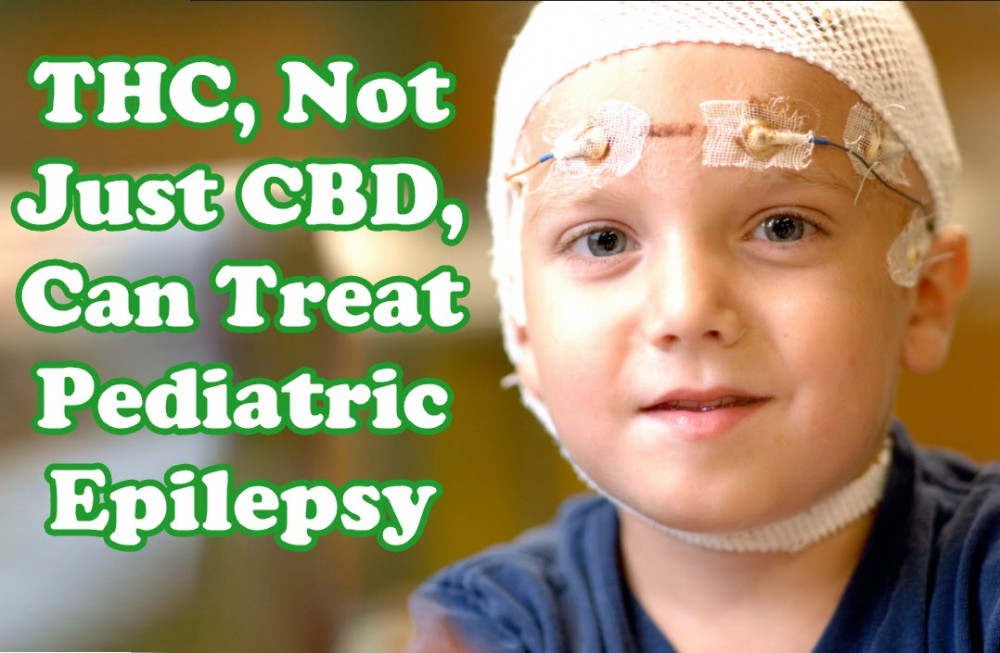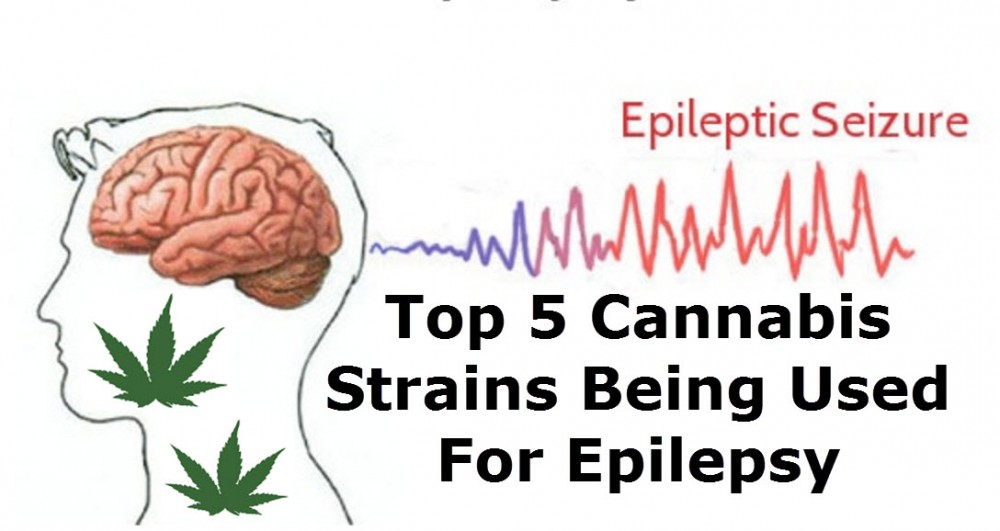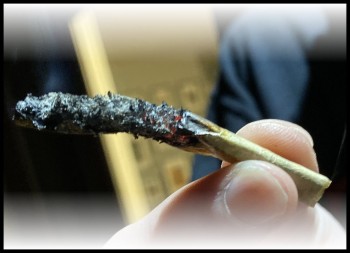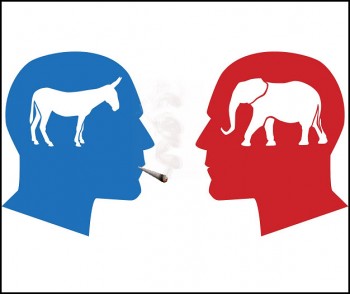Medical Cannabis for Juvenile Myoclonic Epilepsy
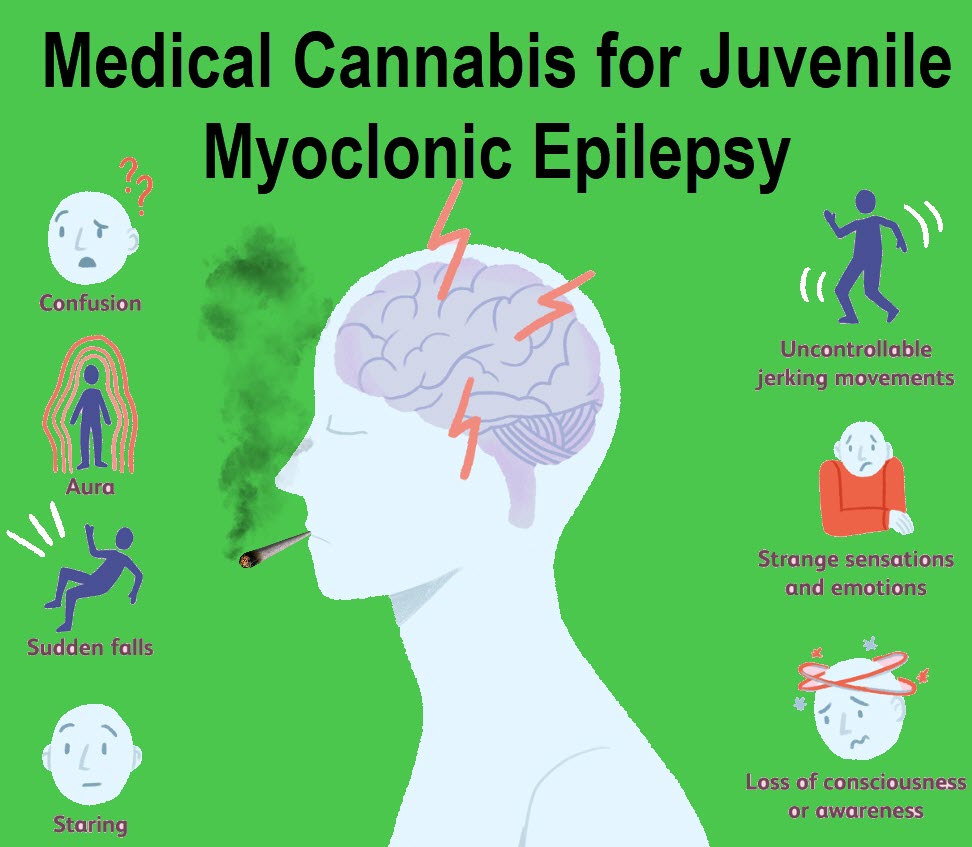
A few experiences are as dramatic as a child having a seizure. A parent is at ends meet and mostly have no clue what to do and at a breakpoint of desperation. The mere fact of watching someone falling to the floor, unconscious, drooling with twitches and uncontrollable moves, is a nightmare not easily forgotten. An attack normally lasts only a few minutes before the person having the attack regains consciousness and being left totally exhausted and confused.
Epilepsy has many forms, each one with its different set of symptoms. Its presence has been with us for centuries already. We know this because it is mentioned already 3000 years ago in ancient Babylon. Because many could not understand this strange behavior, it was often looked down on and often misjudged, or seen as demonic. It was only when Hippocrates finally in 400 BC suggested that epilepsy is actually a brain disorder, that it rightfully was understood.
What is Juvenile Myoclonic Epilepsy?
Juvenile Myoclonic Epilepsy (JME) is a type of epilepsy that starts in early childhood or teen years. Those who suffer from it wake up at night with their legs and arms making jerking movements. These quick jerking movements are referred to as myoclonic jerks. These types of myoclonic jerks can even happen to a person not suffering from epilepsy. Just before falling asleep, a sudden jolt wakes you up. The only difference between those suffering from JME and those who not, is that the affected ones will have other types of seizures as well.
The seizures tend to improve around the age of 30, but medication normally is suggested throughout their lives. Juvenile Myoclonic Epilepsy is the most common form of generalized epilepsy syndromes emerging in childhood. It is characterized by absence seizures, previously known as petit mal seizures, generalized tonic-clonic seizures, and myoclonic seizures.
Understanding the Different Types of JME Seizures
Three types of seizures characterize Juvenile Myoclonic Seizures. They are:
Absence Seizures - It starts suddenly in the middle of an activity and ends just as abruptly. The child usually zones out or daydream for a few seconds. The eyes might also flutter for a few seconds and look up. The child is not conscious of what is going on, and after the seizure, the child carries on with the activity he or she was busy doing. The parent might not even realize that it is happening.
Myoclonic seizures – This type of seizure is where the arms and legs jerk rapidly. It normally happens between the age of 1 to about the age of 14 or 15. Some teens might appear very clumsy as they tend to drop stuff easily. There are brief muscle twitches in the upper arms, shoulders, or neck. The movements are on both sides of the body simultaneously. The child is usually awake and thinks clearly during and after the seizure.
Tonic-clonic Seizures – These normally start a few months later and are more severe. The child has convulsions and rigid muscles and rhythmic body jerks. They pass out and fall the floor where their eyes roll back. They might cry out, pee or poop, and are not at all conscious or aware of what is going on. After the seizure, the child is normally confused and sleepy.
Seizures can happen at any time of the day but are more common to happen within 30 minutes after waking up, or after a nap. Stress can also bring it on.
What Symptoms to look out for
Each one of the previously mentioned seizures has its own set of symptoms.
Absence seizure – It suddenly starts in the middle of an activity and ends just as fast. It involves blanking out for at least 5 to 20 seconds. The child is not aware that it is happening, and the eyes might flutter and look up.
Myoclonic seizure – There are brief muscle jerks and muscle movement in the shoulder, neck, and upper arms. The child is awake and thinks clearly
Tonic-clonic seizure – This goes apart with rigid muscles, convulsions, and rhythmic body jerks. The child cannot respond during the seizure.
Doctors are not entirely sure what causes JME but believe it could be due to certain genes running in a family. Somethings that seem to play a significant role to spark the seizure, are stress and sleep deprivation. Frustration and excitement can also lead to an episode.
How Can Cannabis Help?
There are many studies that show over the years that CBD specifically works effectively for seizures. The studies were not easy to fulfill due to the strict regulations, but studies done on those struggling from JME show great promise. The endocannabinoid system plays a significant role in the ictal (period of seizure) control and neuronal balance. Cannabis has the ability to reduce seizure frequencies.
CBD also has anticonvulsant effects and also slows down the potential action to ignite a seizure. CBD helps to let the child sleep better and reduce hyperactivity. It makes the child calmer and more relaxed.
As a child cannot smoke, smoking and vaping are not an option. But there are other methods like using tinctures, oils, or edibles rich in CBD to medicate the child. If possible, work together with a medical practitioner to render the best possible outcome.
CANNABIS AND KID WITH EPILEPSY, READ MORE...
KIDS WITH EPILEPSY NEED THC, NOT JUST CBD, READ THIS!
